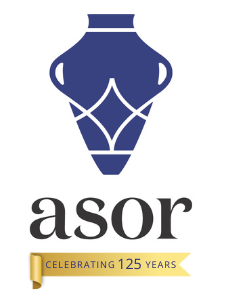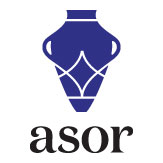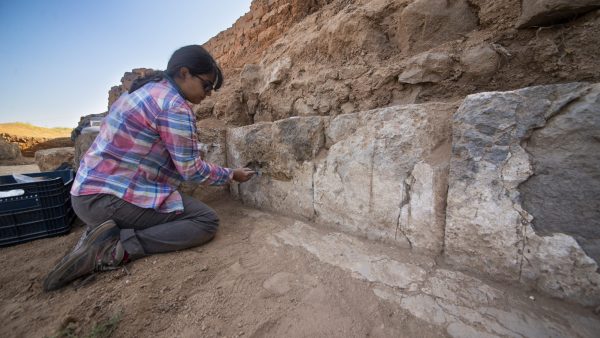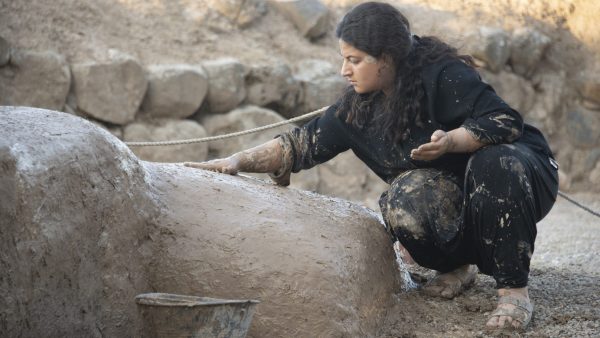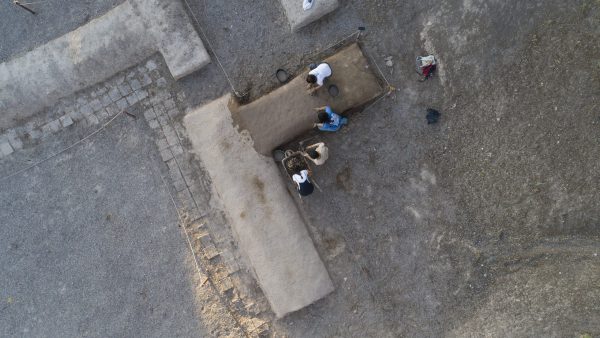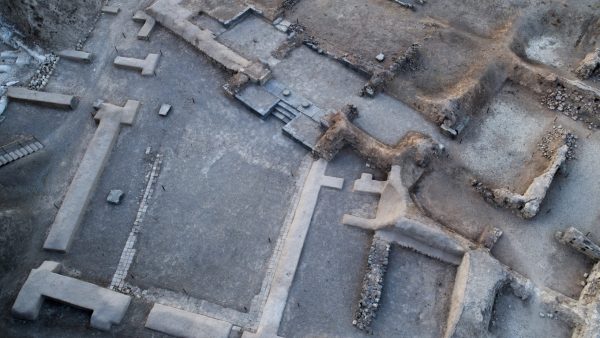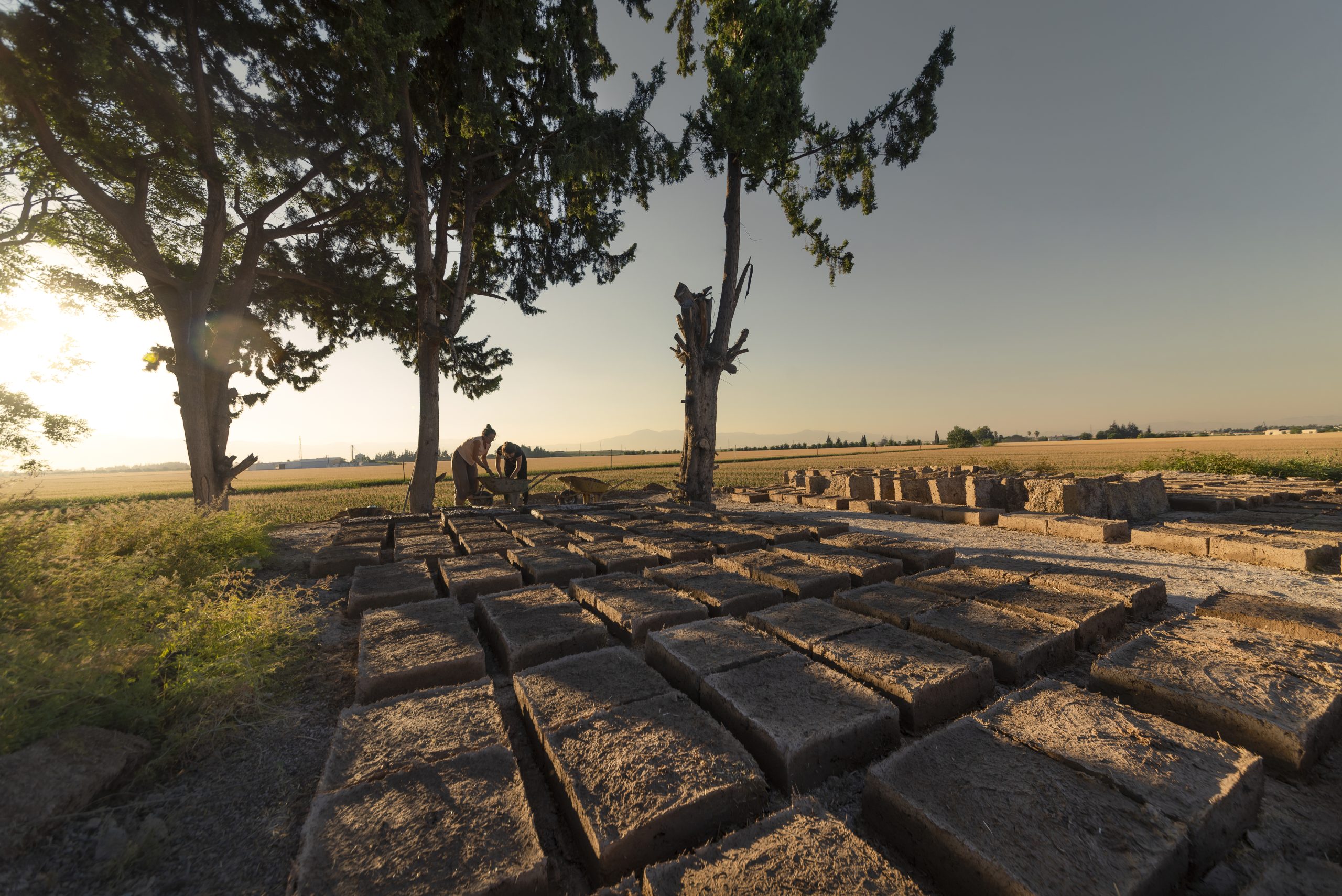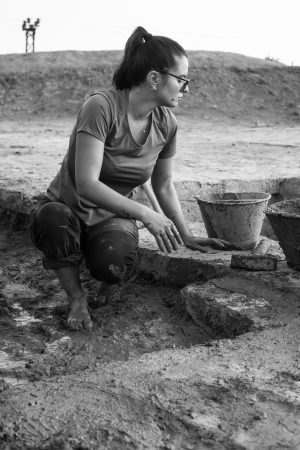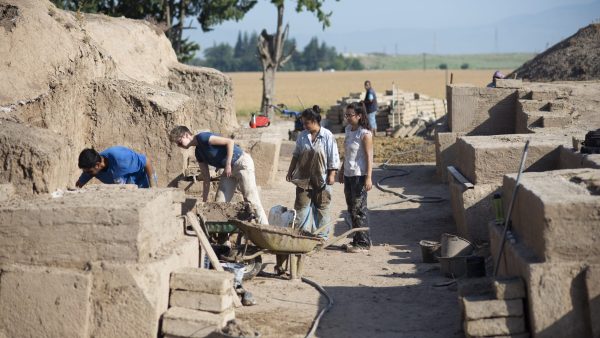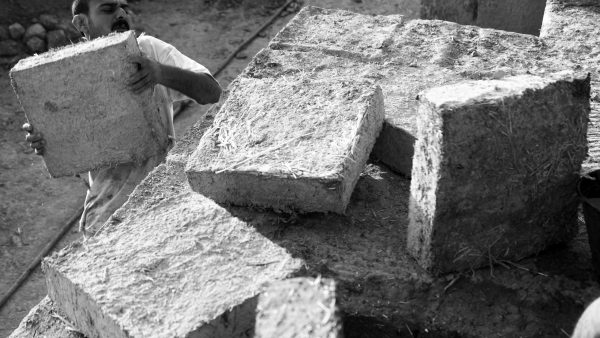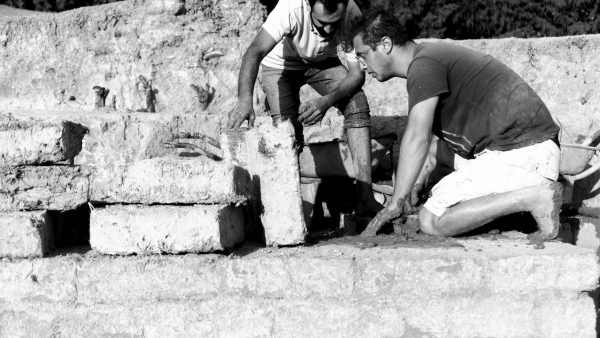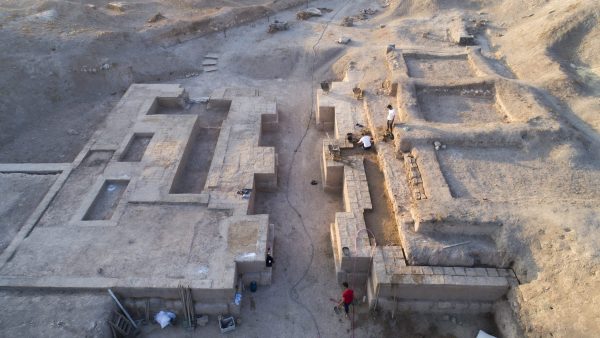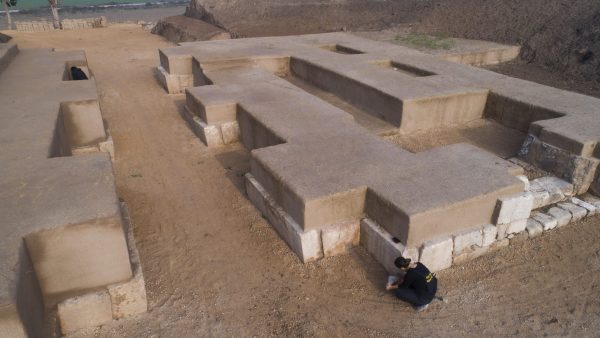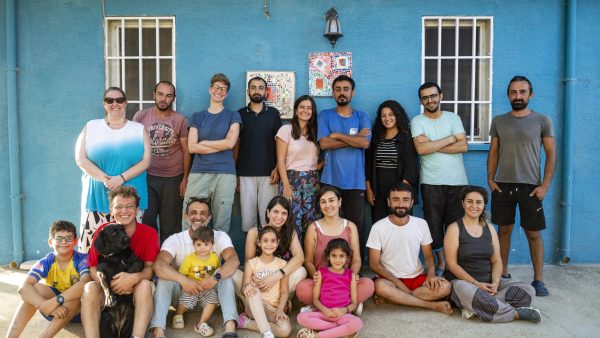
2023 Shepard Urgent Action Grant: Post-Earthquake Action at Tell Atchana/Hatay, Türkiye
Murat Akar, Onur Hasan Kırman, Hélène Maloigne, Müge Bulu, Tara Ingman
On February 6th, 2023, an earthquake of 7.8 magnitude hit eleven cities in southeastern Turkey and North Syria. Only 9 hours later, another earthquake of 7.6 magnitude took place, an extremely unusual natural phenomenon along the East Anatolian Fault. A third event of 6.3 magnitude, an Antakya-based earthquake, 14 days later, was followed by 30,000 aftershocks. The overall affects were on a drastic level; there is no way to comprehend the scale of destruction without physically sensing and experiencing the post-earthquake environment, particularly in Antakya, where we were witnesses to the destruction of an entire city. According to official records, over 50,000 people in Turkey and 3,000 people in Syria died, with hundreds of thousands injured. From historic buildings to modern apartments, nothing survived. In the earthquake-struck cities, over 90,000 buildings were reported to be heavily damaged and are now being demolished as unsafe.
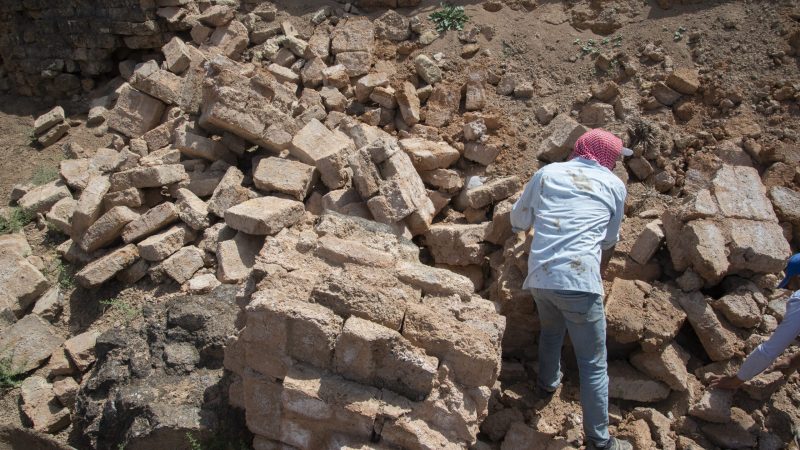
Although portions of the Tell Achana site in the region were seriously damaged by the earthquakes (see below), the Tell Atchana Excavations and the Amuq Valley Research Center (AHAM), located in a village near the site of Tell Atchana, was not damaged and played a crucial role in this period of catastrophe and was turned into an operational center for humanitarian support. This showed that archaeological research centers (‘dig houses’ in conventional terms), often located outside urban areas, play a crucial role in such circumstances, and all archaeological projects should be aware and ready to respond to periods of crisis with their well-established facilities. In the weeks immediately following the earthquakes, we concentrated on developing an urgent action plan and, thanks to the response we got from our crowd funding campaign, we were able to provide containers, tents, food and medical supplies to people we were closely connected to. Since much of the humanitarian support was prioritized for people living in the city centers, we decided to help our community, the villages that we have been interacting with for more than twenty years as part of our archaeological research.
A second step was to establish the safety of archaeological collections by supporting our colleagues working in the same region and of the transportation of all the Amuq Valley and related excavations’ collections (Tell Tayinat, Toprakhisar Höyük and Kinet Höyük), previously stored in the city center, to our facility. Next, we undertook a damage assessment report at Tell Atchana, where the palaces exposed in the 1930s were heavily damaged during the earthquake.
The walls of the burnt mud brick palaces of the Middle and Late Bronze Ages had collapsed, stone orthostats had fallen. The modern roof construction covering the well-known palace of Idrimi (Late Bronze Age) was partially collapsed and became a potential threat to the standing remains underneath. The Turkish Ministry of Culture and Tourism conducted damage assessment report, the summer excavation plans were modified to focus on a restoration project and several grant applications were submitted to initiate the earthquake response project as quickly as possible.
The reasoning behind this was not only related to heritage preservation but also had the goal of providing a healthy and a safe environment to many of our students, who were traumatized due to the loss of their core family members, relatives, friends and their houses, their city. We took the responsibility for protecting our students through the assurance of scholarships and, most importantly, something to hold on to. This was archaeology. In a city that was lost, this created deeper bonds with the site and with a group of dedicated members. We have been onsite for more than six months now, doing fieldwork in an extremely difficult environment.
But the severity of the earthquakes was not the only factor in the scale of destruction at Tell Atchana. The site was first excavated in the 1930s and 1940s by Charles Leonard Woolley on behalf of the British Museum. His excavations exposed two extremely well-preserved palace complexes from the Middle and Late Bronze Ages, the city’s royal gate complex and a stratigraphical sequence through his deep soundings. This exposure covered roughly one third of the mound. By modern archaeological standards, this task could only be accomplished with centuries of excavations. In the first half of the twentieth century, little attention was paid to the afterlife of archaeological excavations and sustainable heritage preservation, and the site was abandoned and neglected after the termination of the excavations. Nature reclaimed the site, with teeming wildlife and deep-rooted plants that have made the architectural remains their home.
The rapid decomposition of the site is partly due to the nature of building materials in the ancient Near East. Mud brick architecture is fragile, and once it is exposed, there is no way to provide long-term protection unless it is isolated from environmental stress. Of course, the millennia of building, decomposition and rebuilding have led to the familiar landscape of tell settlements in the landscapes of Anatolia, the Near East and the Levant. Since the resumption of excavation in the early 2000s, the Tell Atchana, Alalakh Excavations Team has made the preservation of the site with and for the local community one of their main foci. Over the last twenty years, Alalakh has become a publicly accessible archaeological park, with designated pathways, a viewing platform and explanatory panels. This site interpretation is particularly important for a site with a colonial-era legacy of large-scale archaeological exposure, as the different levels of the architectural remains are difficult to interpret and engage with for visitors.
Since 2019, we have been working on removing the collapsed mud brick detritus of the walls that, to a certain extent, preserved what is left underneath. Once this was accomplished, the general layout of the building plans become understandable, and a sense of space is created. However, cleaning walls certainly means more exposure to environmental stress, and thus, a decision was made to preserve the monuments by using environmentally friendly, sustainable, and reversible methods that can be helpful in both preservation and presentation of the site. This was achieved by mud plastering. The walls, currently preserved to less than one meter high, were covered with geotextile. This helped manage the uncontrolled growth of wild plants. This layer of geotextile was then sealed by mud plaster. Such preservation and presentation methods require yearly treatment, a collective effort in which we aim to include the wider community through annual events celebrating traditional building methods and the preservation of intangible and tangible heritage. The earthquake demonstrated the effectiveness of our approaching some of the lower walls, as only the single row of bricks (20 x 20 x 40 cm) we used for capping had been destroyed, while untreated walls suffered much heavier collapse. However, the disaster has also shown that a more robust approach is needed, which requires the building of strong walls around the original walls.
The excavation season of summer 2023–partially funded by the Shepard Urgent Action Grant–was dedicated to this long-term project, and we produced and used approximately 4,500 mud bricks. We also changed the size of the bricks used to 40 x 40 x 20 cm, which required tremendous amounts of raw materials as well as physical endurance in handling mud bricks weighing up to 30kg each. Woolley’s dumps along the tell’s slopes provided the soil–which had to be first dug out from under plant growth, sifted and laid out; 3,000L of water and approximately 200 kg of straw were then added to produce a mud mixture, which was allowed to mature over night. Our bricks were made in custom-made frames, which allowed us to produce up to 200 bricks per day, which were left to dry in the sun over several days, being turned regularly to expose all sides to the air. The bricklaying itself was performed by the project director and a handful of team members trained (and strong enough) to handle the weight.
The walls were then covered by a layer of mud plaster to protect them from heavy rainfall in the winter. Despite this significant progress, a tremendous amount of work remains to be done. For example, the Middle Bronze Age palace, famous for the discovery of one of the oldest wall paintings in the Eastern Mediterranean world, was already exposed and in a fragile condition due to its destruction by an intense burning event in the past, and it is now almost completely decayed and shattered by the earthquake. In the 2024 fieldwork season, we will continue with our preservation and community outreach efforts to bring the ‘Forgotten Kingdom’ back to life.
Visit our website and follow our instagram @tellatchana to learn more.
Established in 2020 with annual contributions, the Shepard Urgent Action Grants program was created to support emergency and rapid response activities on archaeological sites in the greater Mediterranean region. Shepard Grants have provided $59,725 in support of projects with urgent need since the program began. While preference is given to projects and teams with current ASOR affiliation, applications will be considered from all projects. All 2023 grant funds have been awarded, and pending the receipt of funds, ASOR plans to resume accepting applications for Shepard Grants in 2024.
American Society of Overseas Research
The James F. Strange Center
209 Commerce Street
Alexandria, VA 22314
E-mail: info@asor.org
© 2023 ASOR
All rights reserved.
Images licensed under a Creative Commons Attribution-NonCommercial-ShareAlike 4.0 International License
COVID-19 Update: Please consider making payments or gifts on our secure Online Portal. Please e-mail info@asor.org if you have questions or need help.
